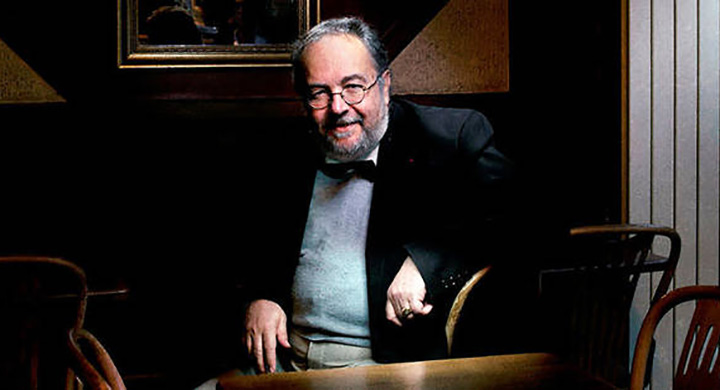The Robert Cahn prize, awarded to Bréchet in October 2022, rewards not only an exceptional materials scientist, but also a visionary, capable of breaking down barriers between both disciplines and people.
Graduate of the Institut Polytechnique engineering school (Paris) and awarded a doctorate by Grenoble INP - UGA in 1987, Bréchet started his research career with a postdoctoral degree at McMaster University in Canada, where he worked with internationally-renowned scientists on questions related to diffusion and recrystallisation in materials.
Currently an associate professor at the universities of Monash (Australia) and McMaster, where he spends one month every year, Bréchet was the French Alternative Energies and Atomic Energy Commission’s High Commissioner for atomic energy from 2012 to 2018 and a professor at Grenoble INP - UGA from 1988 to 2012. He has supervised more than 80 theses and published more than 600 scientific articles. His ability to bridge the gap between primary research and industrial problems is illustrated by his years of service as a member of international steel manufacturer ArcelorMittal’s scientific advisory board and as a scientific advisor to other major companies such as Rio Tinto Alcan, EDF and ONERA, the French national aerospace research centre. He is currently scientific director of Saint-Gobain and chairman of French nuclear power company Framatome’s scientific advisory board.
A career dedicated to materials
Materials, particularly architectured materials, have been the central theme of his career. “An architectured material results from the coupling of a material and a process, and from how the matter is distributed through the resulting component,” said Bréchet. By associating materials, processes and architectures, it is possible to meet complex specifications.” Bréchet is also known for having used modelling methods to investigate the huge range of possibilities offered by architectured materials, which is impossible to investigate using experimental methods.
While he was at Grenoble INP - UGA, Bréchet initiated a major team effort around architectured materials, leading to the establishment in 2011 of the CEMAM Labex (Centre of Excellence for Multifunctional Architectured Materials). “A material is matter with a function, which creates a special relationship between materials science and the companies making or using the materials,” said Bréchet, referring to the Centre of Excellence in a recent speech. “The company does not merely provide money but asks profound scientific questions. Science is not simply about increasing knowledge; it is also a method for solving problems. And among these problems, the essential question of multifunctional materials controlled by microstructures at every scale, which we have called Multifunctional Architectured Materials - this is the MAM of CEMAM - is particularly unifying.”
As chairman of Framatome’s scientific advisory board and scientific director of Saint-Gobain, he continues his involvement with industrial problems. “Materials play a vital role in the nuclear field, as in other engineering fields: they help convert dreams into reality. Because you can have all the dreams you want: if you don't have the right materials, it can become a nightmare! For example nuclear fusion is marvellous on paper, but you need the right materials before it becomes possible.”
Bréchet likes to remind students that the engineering profession is extraordinarily noble: it helps create wealth and build the future. “Young people must learn about the world we are heading towards and about the difficulties that it presents. It is their responsibility to implement solutions. I have immense faith in them: they are quite capable of doing it, as long as they have the courage to take things in hand!”
Retirement? He’s not thinking about it. Not yet. Or perhaps, but once he reaches 90!
